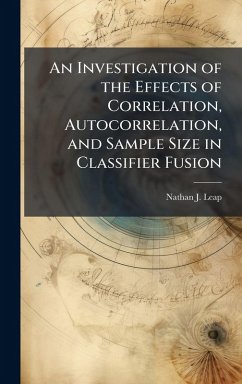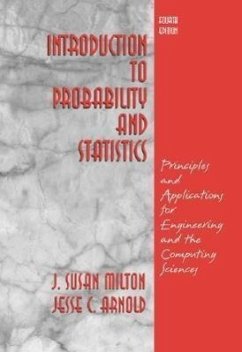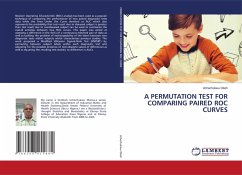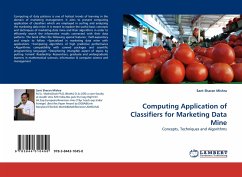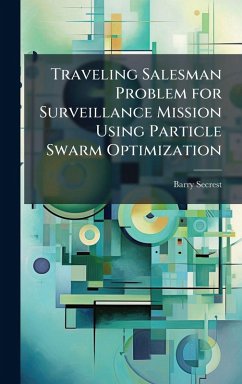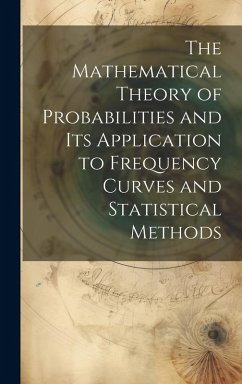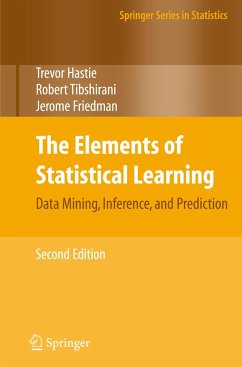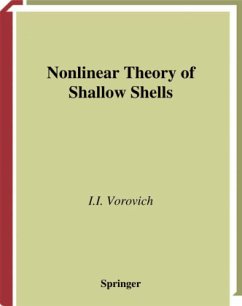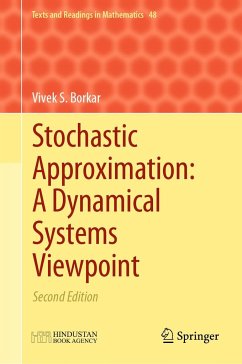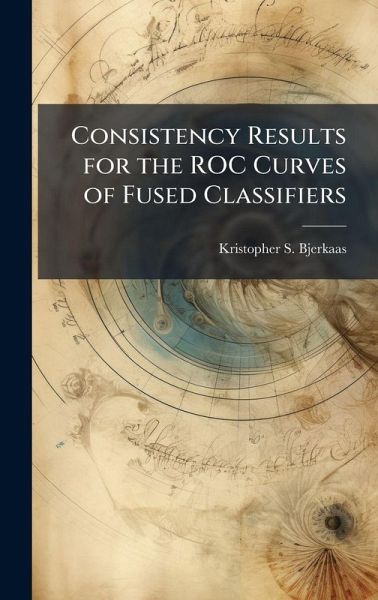
Consistency Results for the ROC Curves of Fused Classifiers
Versandkostenfrei!
Versandfertig in über 4 Wochen
28,99 €
inkl. MwSt.
Weitere Ausgaben:

PAYBACK Punkte
14 °P sammeln!
The U.S. Air Force is researching the fusion of multiple classifiers. Given a finite collection of classifiers one seeks a new fused classifier with improved performance. An established performance quantifier is the Receiver Operating Characteristic (ROC) curve, which allows one to view the probability of detection versus the probability of false alarm in one graph. Previous research shows that one does not have to perform tests to determine the ROC curve of this new fused classifier. If the ROC curve for each individual classifier has been determined, then formulas for the ROC curve of the fu...
The U.S. Air Force is researching the fusion of multiple classifiers. Given a finite collection of classifiers one seeks a new fused classifier with improved performance. An established performance quantifier is the Receiver Operating Characteristic (ROC) curve, which allows one to view the probability of detection versus the probability of false alarm in one graph. Previous research shows that one does not have to perform tests to determine the ROC curve of this new fused classifier. If the ROC curve for each individual classifier has been determined, then formulas for the ROC curve of the fused classifier exist for certain fusion rules. This will be an enormous saving in time and money since the performance of many fused classifiers can be determined analytically. In reality only finite data is available so only an estimated ROC curve can be constructed. It has been proven that estimated ROC curves will converge to the true ROC curve in probability. This research examines if convergence is preserved when these estimated ROC curves are fused. It provides a general result for fusion rules that are governed by a Lipschitz continuous ROC fusion function and establishes a metric that can be used to prove this convergence. This work has been selected by scholars as being culturally important, and is part of the knowledge base of civilization as we know it. This work was reproduced from the original artifact, and remains as true to the original work as possible. Therefore, you will see the original copyright references, library stamps (as most of these works have been housed in our most important libraries around the world), and other notations in the work. This work is in the public domain in the United States of America, and possibly other nations. Within the United States, you may freely copy and distribute this work, as no entity (individual or corporate) has a copyright on the body of the work. As a reproduction of a historical artifact, this work may contain missing or blurred pages, poor pictures, errant marks, etc. Scholars believe, and we concur, that this work is important enough to be preserved, reproduced, and made generally available to the public. We appreciate your support of the preservation process, and thank you for being an important part of keeping this knowledge alive and relevant.



